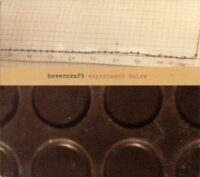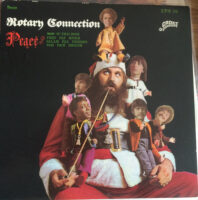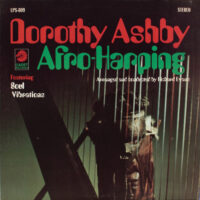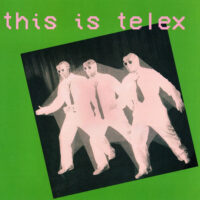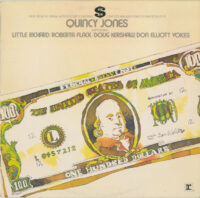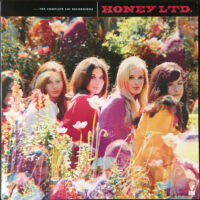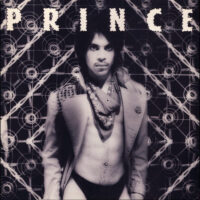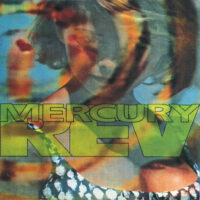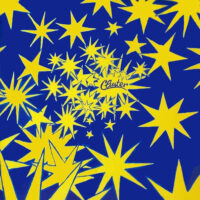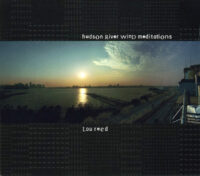
Lou Reed’s final album—originally released only on CD, but receiving a vinyl reissue by Light In The Attic on January 12—was as much an outlier in the revolutionary rocker’s catalog as Metal Machine Music. Hudson River Wind Meditations‘ title telegraphs its sonic tranquility; the four-track album’s essentially a 180º counterpoint to the beautifully abrasive 1975 noise opus mentioned above. It’s Reed in “IDGAF about anything but my own peace of mind mode,” and, after all of the groundbreaking work he did with the Velvet Underground and the occasional shafts of brilliance of his solo career, Lou certainly earned the right to go as insular as he did here.
Reed generated these ambient compositions to soundtrack his recited meditations that his acupuncturist had recorded for him. Gradually, they morphed into music to score his Tai Chi and yoga sessions. Wind Meditations‘ value lies primarily in its two longest pieces, totaling an hour of beatless peacemongering. “Move Your Heart” consists of nearly 29 minutes of wombient swells that wax and wane with solemn dignity. The track is, in fact, meditative as well as a soothing soundbath to ease you into slumber. There’s a desolation at the core of “Move Your Heart” that makes me think it could have come out on Pete Namlook’s ambient label, FAX, if Reed had released it in the mid ’90s. The piece changes very minutely throughout its epic duration, so those with short attention spans or who thought that “Sister Ray” was a grueling endurance test will bow out well before its end.
“Find Your Note” offers yet another marathon listen (31:35—make yourself comfortable). Its interiorized drones, refrigerator-on-the-fritz hum, and microbial feedback sculpting recall Coil’s Time Machines project, all of whose tracks were named after hallucinogenic drugs. It also reminds me of Folke Rabe’s What??, which I’ve used for many an acid-trip comedown. “Find Your Note” is a supreme zone-out performance, to be sure.
The final two much shorter works somewhat come off as afterthoughts. “Hudson River Wind (Blend The Ambience)” combines recordings of sea breezes with wisps of piercing synth or guitar tones while “Wind Coda” is a striated and muted chiaroscuro of high and low frequencies that’s as austere as an Éliane Radigue piece, with waves of aquatic ambience gradually overtaking the composition.
Let’s not kid ourselves: Hudson River Wind Meditations will only appeal to a small fraction of Reed’s rock-loving fan base. The main audience for this record? Those who appreciate Metal Machine Music‘s conceptual perversity, hardcore ambient heads, and Lou completists. It’s a fascinating curio in the career of an artist whose creative restlessness yielded many more interesting experiments than uninspired flubs. -Buckley Mayfield
Located in Seattle’s Fremont neighborhood, Jive Time is always looking to buy your unwanted records (provided they are in good condition) or offer credit for trade. We also buy record collections.


